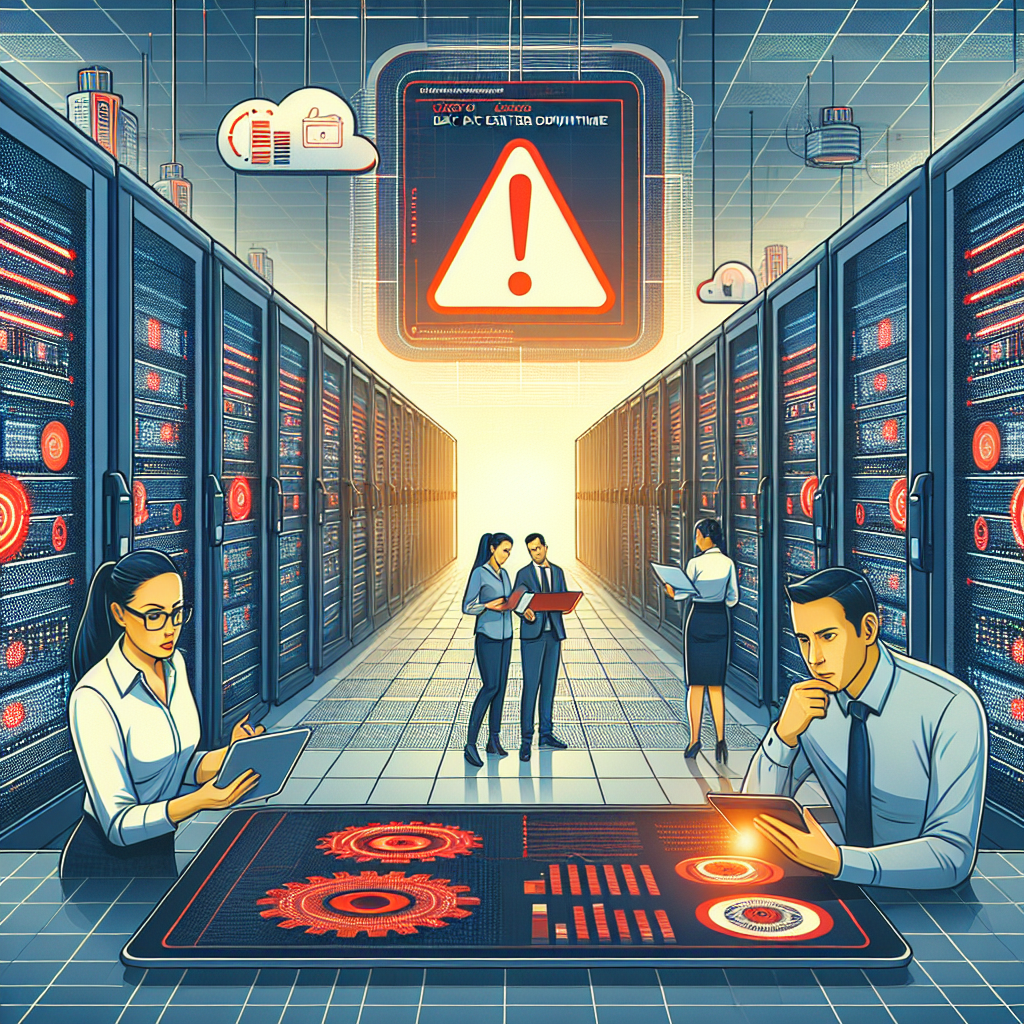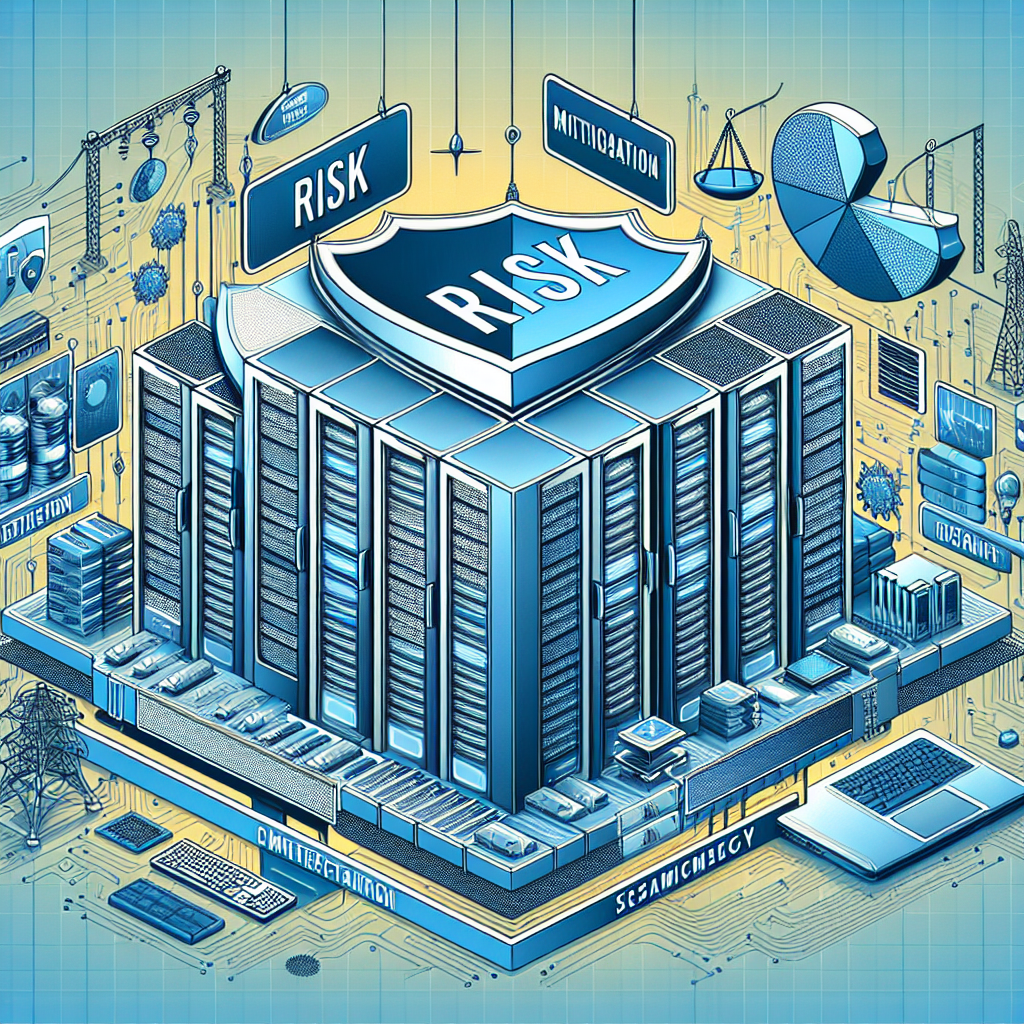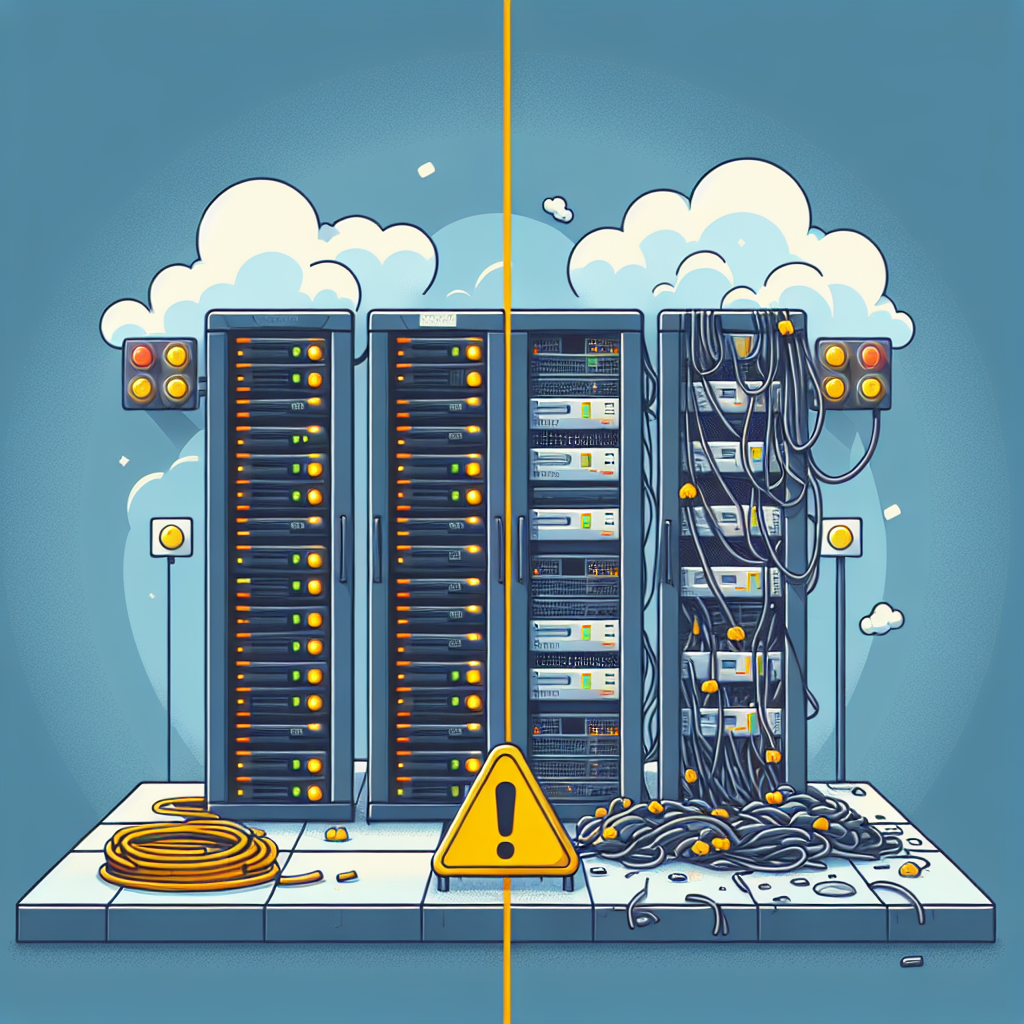Poor ventilation in indoor spaces can have serious health risks for individuals. When there is inadequate airflow, pollutants and contaminants can build up in the air, leading to a variety of health issues. It is important to address poor ventilation in order to create a healthy and safe environment for occupants.
One of the main health risks of poor ventilation is the accumulation of indoor air pollutants. These pollutants can come from a variety of sources, including cleaning products, building materials, and even human activities such as cooking or smoking. When these pollutants are not properly ventilated out of the space, they can cause respiratory problems, allergies, and other health issues.
Another health risk of poor ventilation is the growth of mold and mildew. When moisture is not properly ventilated out of a space, it can create a breeding ground for mold and mildew. These fungi can release spores into the air, which can exacerbate allergies and asthma symptoms, as well as cause respiratory infections.
In addition, poor ventilation can also lead to an increase in humidity levels, which can create a breeding ground for dust mites and other allergens. Dust mites thrive in humid environments and can trigger asthma and allergy symptoms in susceptible individuals.
To address the health risks of poor ventilation, there are several steps that can be taken. One of the most important things is to ensure that there is adequate airflow in the space. This can be achieved by opening windows, using exhaust fans, or installing a ventilation system.
It is also important to regularly clean and maintain ventilation systems to ensure that they are functioning properly. This includes changing filters, cleaning ducts, and ensuring that exhaust fans are not blocked.
In addition, it is important to control humidity levels in indoor spaces to prevent the growth of mold and mildew. This can be done by using dehumidifiers, fixing leaks and moisture issues, and ensuring proper ventilation in areas such as bathrooms and kitchens.
Overall, poor ventilation can have serious health risks for individuals. By addressing ventilation issues and implementing proper ventilation strategies, it is possible to create a healthy and safe indoor environment for occupants.










